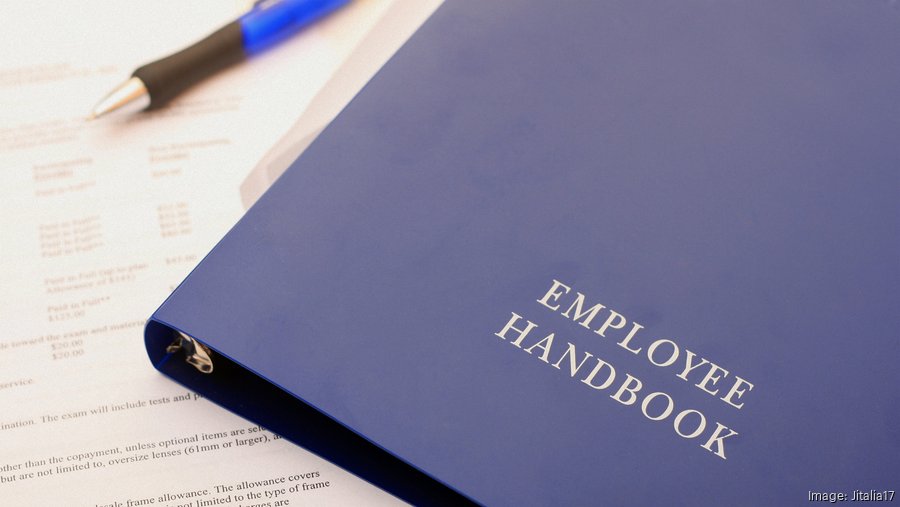Written policies and procedures offer vision and direction for a company. They are vital in gaining control over daily activities and work processes.
Without clearly communicated policies and procedures, a business may find it difficult to know if its employees are measuring up to its expectations.
‘Safety first’ is more than a motto
In order to instill your company’s commitment to safety standards and compliance with applicable safety regulations, your company policies and procedures need to set safety standards, goals, and expectations for a variety of departments and job titles.
Successful safety policies and procedures require a long-term perspective, as change does not happen overnight. This involves buy-in from all levels within the company, as well as training and communication on the objectives, ramifications of noncompliance, and a means of tracking the effectiveness.
Setting the bar
Measurement must be based on facts over time in order to identify problem areas and eventually come to a solution.
When creating measurables in your policies and procedures, be sure to:
- Keep your language simple, clear, and concise to avoid any possible misinterpretation on required behaviors
- Be relevant and useful in order to determine if the objectives are being met
- Keep your policies up-to-date in the event regulations change
- Remove any possible bias by making the data reliable no matter who reports the information
Sample policy statements
Let’s take an example of two policy statements for auditing records-of-duty status (i.e., driver logs if your business has transport operations):
Policy Statement A: The Company is committed to running a safe and legal operation at all times. The submission of neat and acceptable daily logs is an integral part of this commitment. Our goal is to achieve hours-of-service (HOS) excellence, and the Company has established a high standard for HOS compliance and log violations. The Company will audit all daily logs to ensure compliance with 49 CFR Part 395.
Policy Statement B: The Company is committed to running a safe and legal operation at all times. The submission of accurate, legible, and violation-free daily logs is an integral part of this commitment and is expected by all driver associates. Our goal is to achieve excellence through establishing a violation-free standard for hours-of-service (HOS) violations. All employees of the Company are expected to conform to this standard. The Company will audit daily logs to ensure compliance with 49 CFR Part 395. Continual nonconformance with the Company’s HOS policy will be considered unacceptable.
Both policy statements have the same intention, but they are not equal. Let’s explain.
Devil is in the details
In Policy A, “safe and legal” is defined as “neat and acceptable daily logs.” The terms are vague and cannot be measured. Policy B defines it as “accurate, legible, and violation-free daily logs.” This verbiage allows the company to monitor the effectiveness of the policy.
Policy A uses the term “excellence,” but does not describe it or how to achieve it. On the other hand, Policy B defines it as “violation-free” log submissions. Policy A continues with a subjective, vague phrase of “high standard” that cannot be measured. Policy B, however, has established a “violation-free” standard that is defined and measurable.
Policy A appears to be on the right track when it indicates the Company will audit daily logs to make sure they are compliant. But it did not go quite far enough. The logs need to be compared against a specific standard. Policy B states the logs are audited and compared against the “violation-free” standard.
Getting started
No matter what topic you are addressing, the important thing to remember is that your safety policies direct the actions and behaviors of all employees. These documents provide the company with continual feedback through measuring the results.
If a specific policy or procedure is not effective in inciting change in the behavior of employees, you will need to adjust or revise the safety policy. Be sure to communicate any policy changes to your staff through training. And ask employees to sign an employee sign-off sheet indicating that he or she received and understands the materials, and agrees to adhere to the corporate safety procedures.



